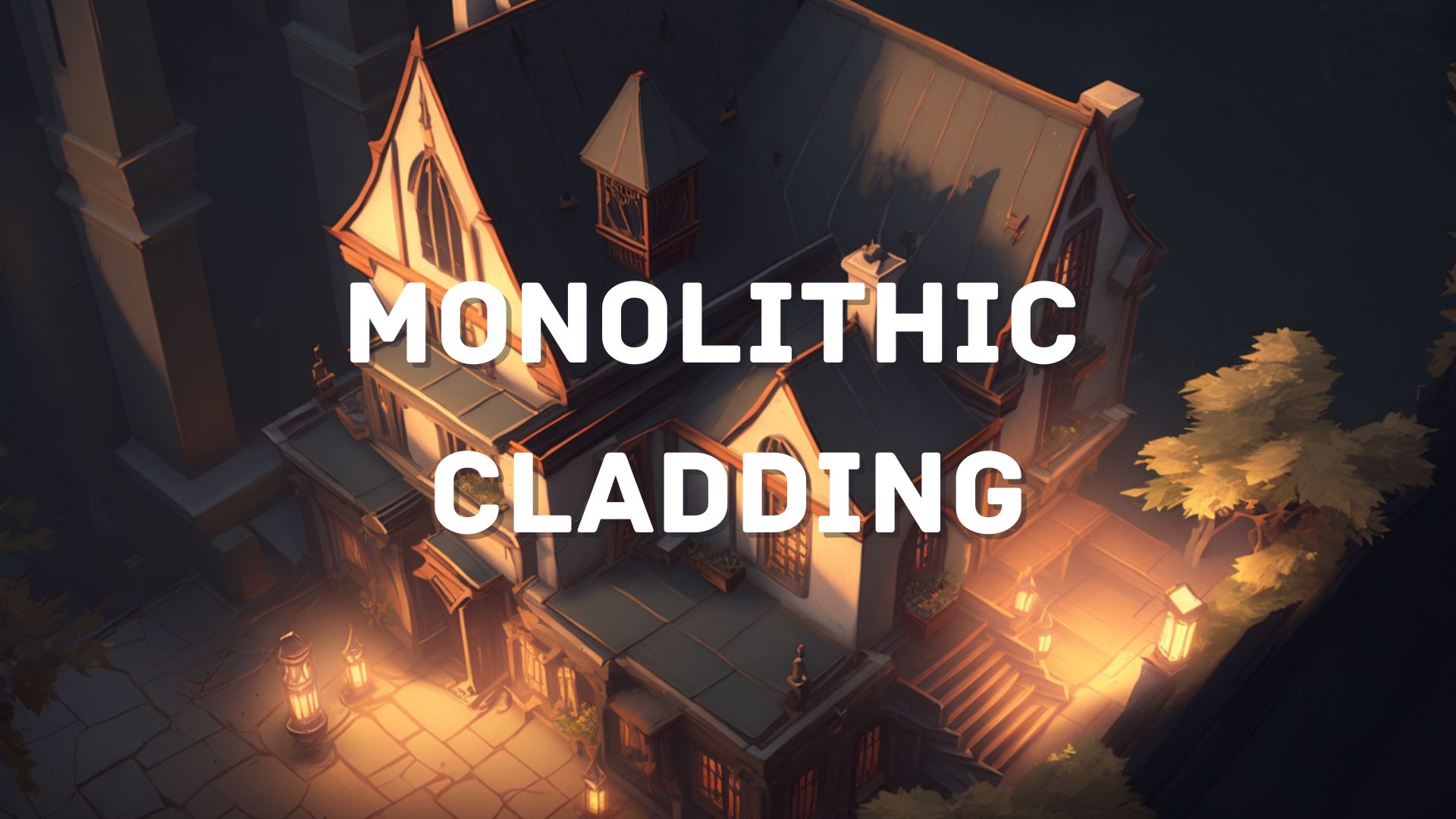Monolithic cladding is a popular exterior cladding system in New Zealand that involves the application of a single layer of material to the exterior of a building. The cladding can be either a masonry or plaster system.
Stucco is a type of plaster that can be used as a monolithic cladding system. So, stucco is a type of monolithic cladding.
Yes, monolithic cladding can be replaced, but it can be a costly and time-consuming process as it involves removing the entire system.
Monolithic cladding has a higher risk of leaking than other cladding systems. If it is not installed properly or maintained regularly, moisture can penetrate the system, leading to water damage, rot, and mould growth.
One of the problems with monolithic cladding is its potential to develop leaks, which can cause significant damage to the building’s structure. However, not all monolithic-clad homes are leaky, and the risk of leaks can be reduced through proper installation and maintenance.
To maintain monolithic cladding, it is essential to inspect it regularly for signs of damage or deterioration, such as cracks, holes, or discolouration. Any issues should be addressed promptly to prevent further damage.
To clean monolithic cladding, start by removing any loose debris or dirt using a soft-bristled brush or a low-pressure washer. Then, apply a mild detergent solution and scrub gently to remove any stains or marks. Rinse thoroughly with clean water.
The best cladding for a house depends on various factors, including the climate, the desired look, the budget, and the level of maintenance required. Some popular options include weatherboard, brick, and metal cladding.
In New Zealand, Expanded Polystyrene (EPS) cladding systems are banned because they pose a high fire risk due to their combustibility.
Checkout a comprehensive overview of Monolithic Cladding, including its definition, advantages, potential risks, and examples of successful installations in the United States. It also covers building codes, climate zones, and the cost-effectiveness of Monolithic Cladding. Whether you are an architect, builder, or simply interested in construction, this essay offers valuable insights into this popular cladding option.

